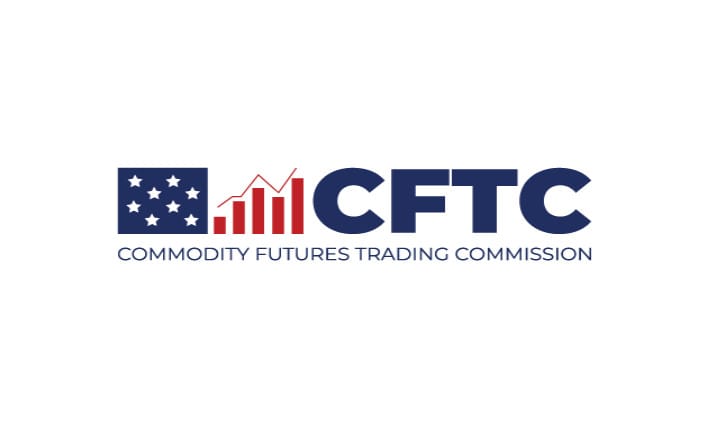Commissioner Hester M. Peirce on new Insider Trading rules: While this rulemaking is more prescriptive and restrictive than I would have preferred, I support it for likely doing more good than bad.
Source: https://www.sec.gov/news/statement/peirce-insider-trading-20221214
Thank you, Chair Gensler. While this rulemaking is more prescriptive and restrictive than I would have preferred, I support it for likely doing more good than bad. It should help insiders to trade without fear of liability, while making it more difficult to misuse 10b5-1 plans.
Some evidence cited in the adopting release suggests that some executives may illegally trade based on material non-public information (“MNPI”) and try to cover their tracks through 10b5-1 plans.[1] For example, insiders might try to game Rule 10b5-1 by selectively canceling overlapping plans to avoid a lousy trade. Much of the Commission’s solution to this problem is reasonable. Most importantly, the rule imposes a cooling-off period for entering and exiting plans. The rule also limits overlapping plans, but allows overlapping plans to facilitate sales to cover tax obligations related to the vesting of a compensatory award like a restricted stock.[2]
Further, in response to commenters, the final rule is better than the proposed rule. Among other improvements, the final rule:
Scraps 10b5-1 plan changes for issuers. The final rule drops the unnecessary[3] and likely unworkable changes to 10b5-1 plans for issuers.[4] Improves the definition of non-10b5-1 plans. I question the need for quarterly disclosures about non-10b5-1 plans,[5] but the definition of non-10b5-1 plans[6] is more precise than the proposal’s expansive and confusing one.[7] Reduces disclosures. The final rule contains fewer costly disclosure requirements than the proposal. For example, the rule will not require directors or officers to disclose pricing information about their 10b5-1 plans.[8] The tabular chart about certain forms of equity compensation is also more reasonably scoped.[9] While I generally support tailored 10b5-1 plan reforms, the new regime in the final rule is unnecessarily restrictive. For example, the final rule:
Imposes a lengthy cooling-off period. Although the new cooling-off period is shorter than proposed, it is longer than necessary for directors and officers. Many commenters reasonably called for a period as short as 30 or 60 days.[10] A longer period could discourage the use of 10b5-1 plans.[11] Conditions availability of defense on acting in good faith with respect to the plan. The final rule provides that the individual relying on the plan must have “acted in good faith with respect to” the plan.[12] Although better than the proposed ambiguous “operated in good faith” requirement,[13] this condition is unnecessary. Existing authorities already address the types of problems that this condition is intended to reach, such as the selective release of MNPI before a planned trade or the cancellation of a plan because of MNPI.[14] The inclusion of this condition will create unnecessary concern for insiders in the execution of their duties. Includes unnecessary options disclosures. The final rule, like the proposal, requires companies to prepare a table relating various material events with the issuance of options and similar instruments.[15] Some disclosure may be merited, but the rule’s granular tabular requirement could be more noise than signal. It could suggest a non-existent relationship between the material events and options grants.[16] The rule’s narrative requirement for companies to discuss “policies and practices on the timing of awards”[17] would suffice to address any concerns about this type of compensation.[18] Requires publication of insider trading policies. The rule requires issuers to file their insider trading policies on EDGAR or explain why they lack them. The Commission should have allowed companies to publish their policies on their website, which would have reduced costs and made it easier for companies to update their policies.[19] Applies unreasonable Form 4 reporting deadlines to bona fide gifts. The rule requires certain executives[20] to publicly report bona fide gifts of equity securities on Form 4 within 2 days of the reportable transaction, not the current Form 5 reporting, which could come as late as 410 days after the transaction.[21] The rule provides an insufficient rationale for why the reporting deadline should be only 2 days, which may pose difficulties for gift transactions.[22] Lacks a financial hardship exemption. The rule does not provide a financial hardship exemption for insiders. Insiders with legitimate reasons for trading and no MNPI may avoid trading anyway for fear of an SEC investigation. Fails to allow for subsequently disclosed MNPI. Individuals cannot rely on a 10b5-1 plan if they were aware of MNPI when they entered the plan, even if the MNPI became public before trading under the plan.[23] Although also true of existing 10b5-1 plan regulations, we could have revisited this requirement as part of imposing a certification requirement on directors and officers entering into Rule 10b5-1 plans.[24] Despite these concerns with some of the details of the new rule, addressing the kind of regulatory gaps that may have enabled the abuse of 10b5-1 plans is an excellent example of what should occupy the Commission’s rulemaking agenda.[25] While I disagree with some of the policy choices, I am pleased that my colleagues and I were able to settle on a final rule that I could support. Instrumental in getting to this point were staff across the Commission, including Corey Klemmer on the Chair’s staff; numerous staff in the Division of Corporation Finance; Dorothy McCuaig, David Lisitza, and Bryant Morris in the Office of General Counsel for helping me work through a particularly difficult issue; the Division of Economic and Risk Analysis; the Division of Enforcement; and others. Thank you all for your hard work.


